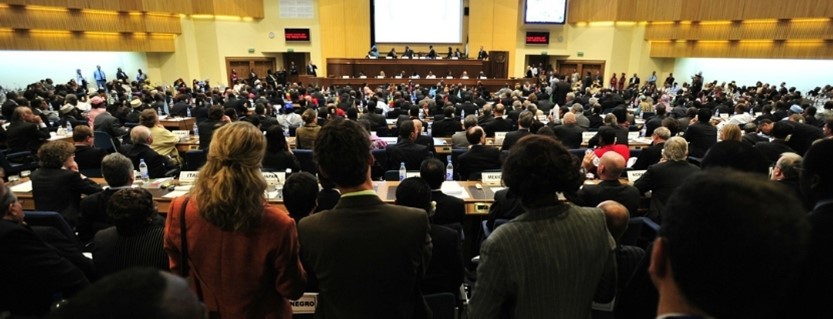
The study analyzed 1,034 people from 35 countries and found that 289 people reported a near-death experience with varying spiritual and physical symptoms. This included out-of-body experiences, seeing or hearing hallucinations, time distortion and racing thoughts.
Of those 289 people, 106 of them reached the threshold for a “true” near-death experience as quantified by the 16 points in the Greyson NDE Scale, which “measures the depth of an individuals’ near death experience.” An experience reaching 7 on the scale is considered “true.”
The Greyson NDE Scale is the most widely used standardized tool to “identify, confirm and characterize” near-death experiences.
Related Stories
Researchers also confirmed “the association of near-death experiences with REM [rapid-eye movement] sleep intrusion,” said lead researcher Dr. Daniel Kondziella, a neurologist from the University of Copenhagen, in a news release.
REM sleep is a phase of the sleep cycle characterized by the eyes moving rapidly behind one’s eyelids. The brain is as active as when someone is awake and dreaming is more vivid.
Their findings showed that “REM sleep intrusion was the only factor that remained significantly correlated with near-death experiences.”
“Although association is not causality,” Kondiziella said, “identifying the physiological mechanism behind REM sleep intrusion… might advance our understanding of near-death experiences.”
Unlike prior studies which associate a near-death experience with “peacefulness and well-being,” this study found 73 per cent of those reporting a near-death experience described the incident as “unpleasant” and 27 per cent saying it was “pleasant.”
The study found that near-death experiences are as common in people who are “not in imminent danger of death” as in those who “have experienced truly life-threatening situations” and occurred across all socio-economic levels, genders, ages and nationalities.

